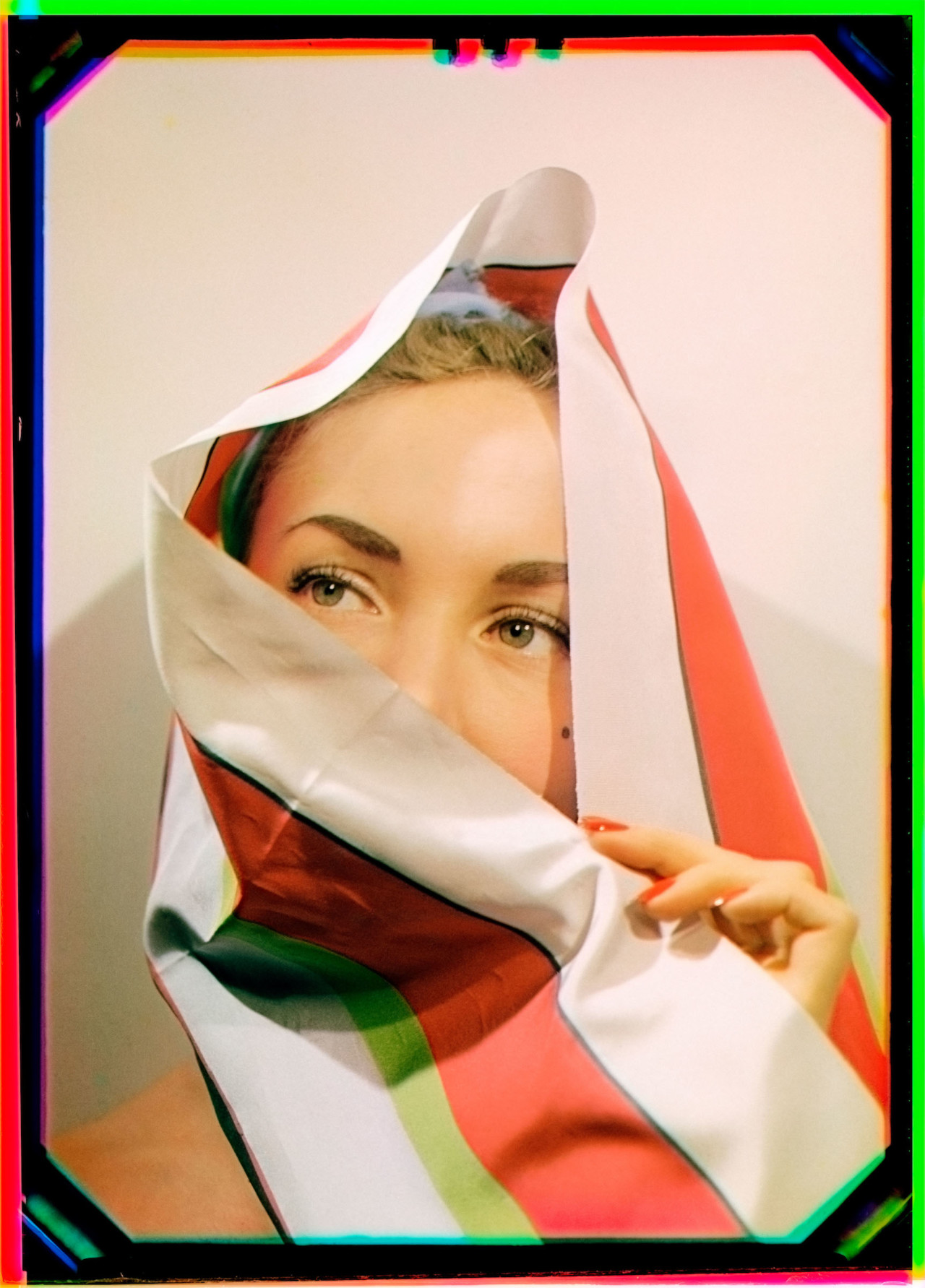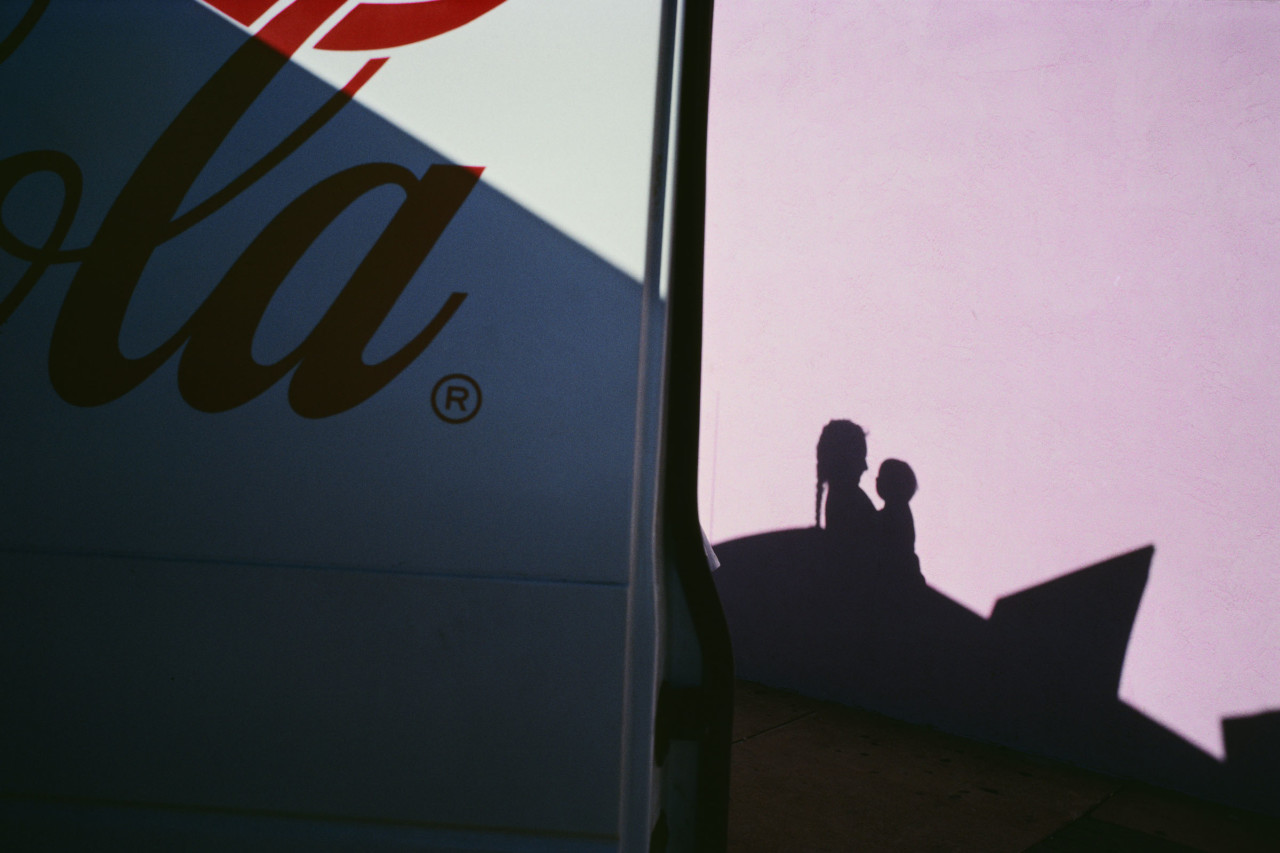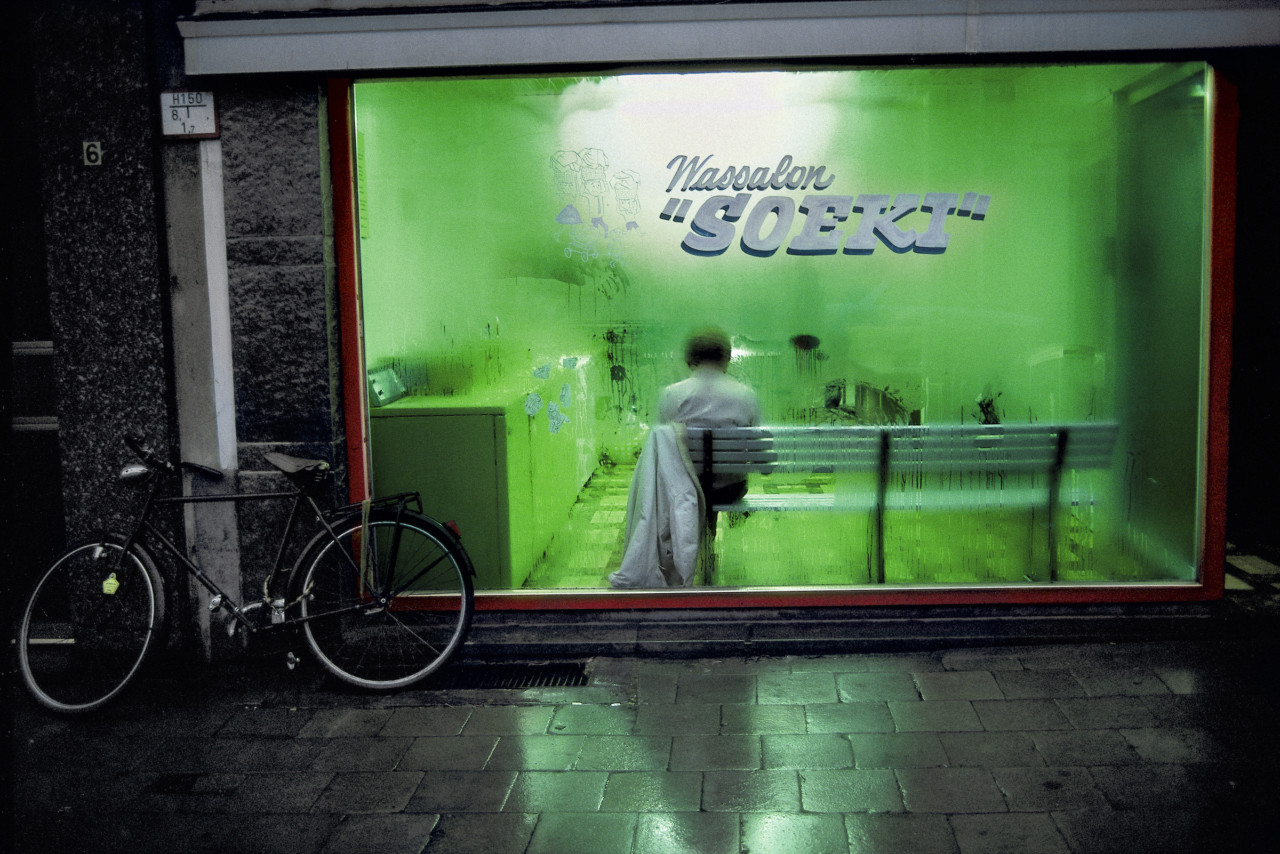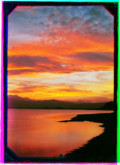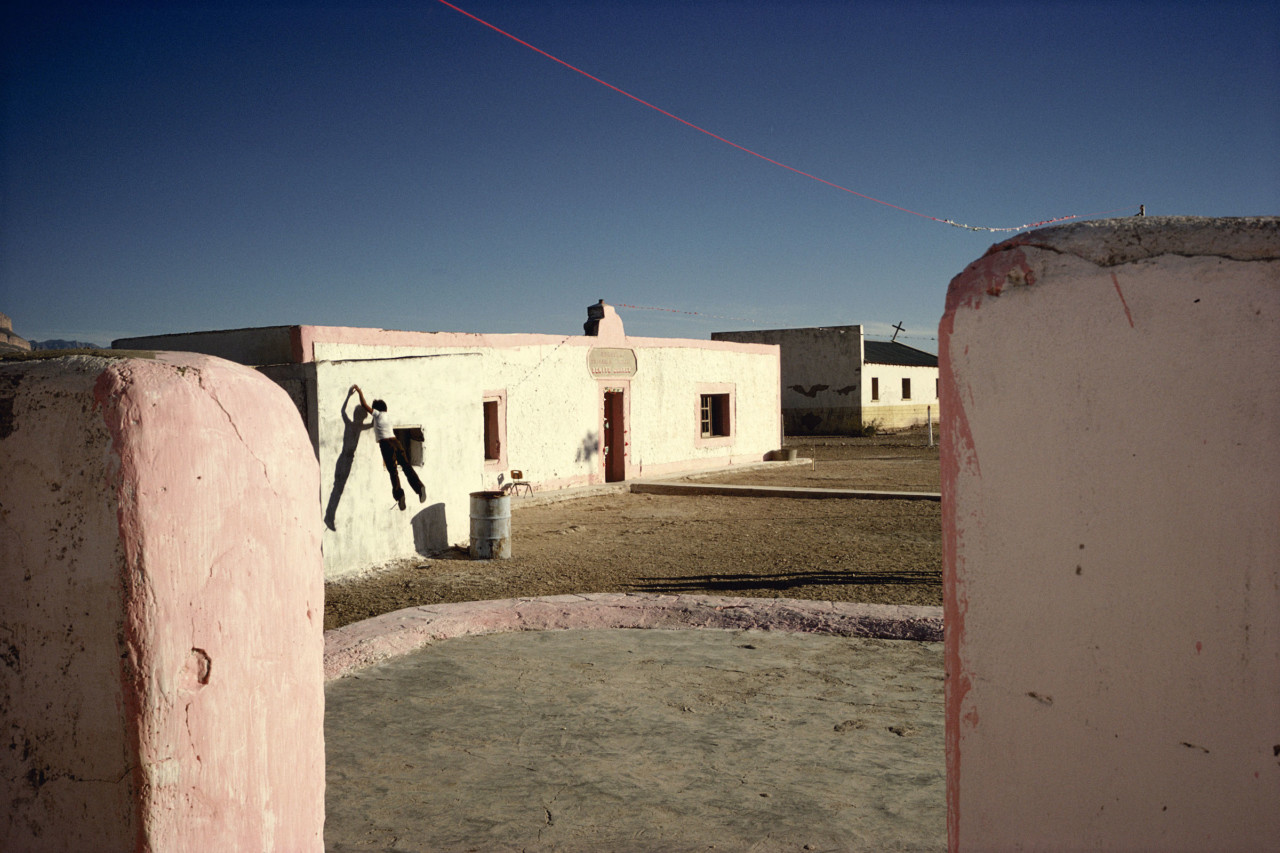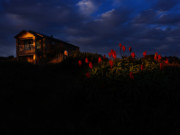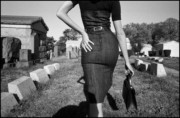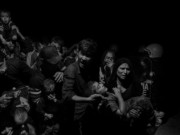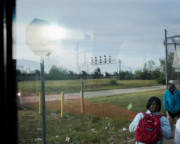Early Color, A New Exhibition
An exhibition at the Magnum Gallery in Paris takes us on a journey through color photography of the 20th century, from Bischof to Barbey.
A new group exhibition opens at the Magnum Gallery in Paris on June 22, located at 68 rue Léon Frot in the 11th arrondissement.
Assembling over 40 prints from Magnum’s archive, Early Color celebrates the work of eight photographers while paying homage to the color printing processes of the second half of the 20th century, featuring a large number of rare dye transfer and cibachrome prints.
“Fashion, food, travel, cars, flying — everything took on a new brightness. The dark ages were over,” Ernst Haas once wrote on his transition from black and white photography to color in the early 1950s. “Is it any wonder then that a young photographer longed for a color film with which [they] could capture all this new colorfulness in the environment?”
Although exploring color as a new photographic medium was encouraged by several photographers within Magnum, such as Robert Capa, many others in the industry were not entirely convinced. Photographers that opted to work in color were often fighting against the current, dismissed as ‘commercial’ or ‘technically inferior.’
Fellow Magnum founder Henri Cartier-Bresson would allegedly go on to destroy a large number of his color negatives and transparencies, naming the medium as something simply ‘indigestible.’
For some, working in color was a prerequisite for artistic expression. In Gueorgui Pinkhassov’s debut photobook, Sightwalk, the streets of Tokyo are brought to life through vibrant color, reflections, and shadows — elevating the everyday to the extraordinary.
In Harry Gruyaert’s Made in Belgium, the low-light, gray, blue and green hues of the setting work in stark contrast with the bright colors of tradition and rapid Americanization within the country, capturing the very essence of his conflicted feelings towards his home.
For most, as Haas described, there was a clear transition from black and white. It wasn’t until Constantine Manos started traveling the USA that he turned to color, specifically Kodachrome, to document the States — a radical change from his earnest Greek Portfolio, shot entirely in black and white.
For Bruno Barbey, the move to color came while working in Brazil in 1966, the year he joined Magnum. He went on to prove a deep commitment to the medium with landmark works such as My Morocco, which, decades later, still immerse you as if you too were walking the streets of his birthplace.
Similarly, Alex Webb turned to color several years after his first trips to Haiti and Mexico in the 1970s, finding that black-and-white was far too restrictive a medium to capture the emotional vibrancy and intensity of these cultures. He has never turned back.
And as for Werner Bischof, where the exhibition’s journey through color photography of the 20th century begins, shooting in color was an experiment that he had already started in 1939 with a Devin Tricolor camera. His ventures in color photography remained hidden away in his vast black-and-white archive, to be discovered and shared with the world almost 70 years after his passing.
Early Color, featuring images from the six photographers mentioned above and more, is showing at the Magnum Gallery (68 rue Léon Frot, Paris, 75011) from until July 31, reopening after the summer break on September 1, continuing until October 7. Plan your visit here.
Works exhibited are available to acquire. For inquiries, please contact the gallery at gallery@magnumphotos.com.


